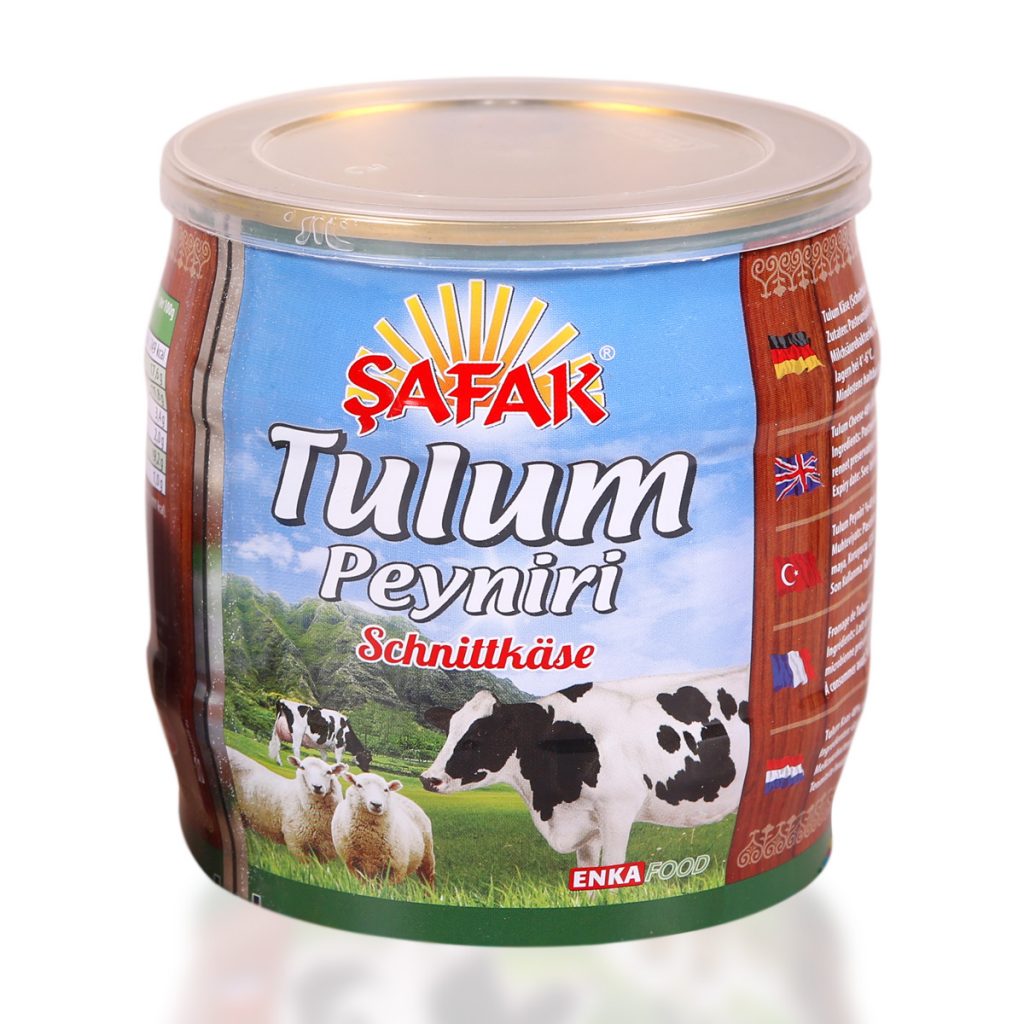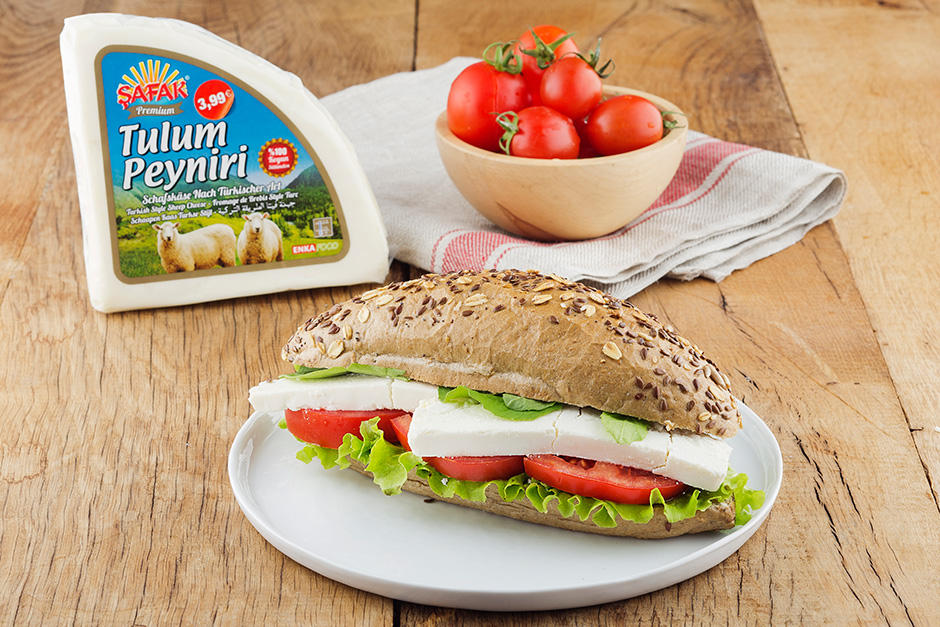The delicious journey of Şafak Bryndza cheese: From highlands to tables
As one of the leading local products of Erzincan culture, bryndza cheese became a famous brand in Turkey and several European countries with its unique characteristics.
Erzincan Bryndza cheese is defined as the cheese produced from the milk of sheep fed with different flower aromas found between 2000 and 2500 meters in altitudes, in the highlands of theMunzur mountains, located in the south of Erzincan and the Keşiş mountains in the north.
When does production of Bryndza cheese start and what is its most important feature?
Productions of natural bryndza cheese starts in the summer months, when sheep herds spread upward to highlands. This process usually occurs between 20 May and 20 August. The most important feature that differentiates Erzincan bryndza cheese from other cheese varieties is that it is produced from raw milk. In order to obtain a good Erzincan bryndza cheese, it is necessary to use natural handmade ferment.
This natural ferment is made with the abomasum obtained from the stomach of the sheep. According to the amount of the ferment, 3 to 5 abomasum is prepared by pickling with salt, mulberry, grape and water. Then, cheese is fermented by adding cheese water. It is then the bryndza cheese can be produced.
What is an abomasum?
One of the four stomachs in the sheep is called abomasum. The abomasum taken from the sheep is used for giving its taste to cheese, after being cleaned and fermented. This is again one of the distinctive features that distinguish Erzincan bryndza from other cheeses.

Erzincan bryndza cheese is produced in 4 stages. These steps are as follows:
- Stage
The sheep are milked. Then milk is filtered and prepared for fermentation. The most important thing to be aware of is the excessive cooling of the milk. Because this situation delays the fermentation. If milk is cooled, it needs to be reheated to some extent. In a 20-liter boiler, a spoon of ferment is mixed for fermentation, about 20-25 minutes later it becomes curd. Then this curd is cut and water is subtracted from it. Then it is also filtered by local tools called süzül, and it is strained from water. To completely drain the water inside, they are always relocated and at the same time their mouths are constantly squeezed. This process is done until the cheese is hardened.
- Stage
At this stage, the cheese is removed from the strainer and placed in 50 kilogram sacks. The sacks are put on top of each other in 4-5 stacks and filtration continues for 4 or 5 days.
- Stage
After the filtration is completed, the cheeses are brought to the dairy and put into large chrome pots and then crushed in them. At the same time, salting is performed during the crushing process. Approximately 3 kilograms of salt added into 100 kilograms of cheese. After the crushing process, the cheeses are placed again with 50 kg of cloth sacks and their mouths are mended, and then piled up and filtered again. The cheese, which is kept for 10-15 days, is constantly reversed in this process and covered with a moist cloth. The edges are scraped and cleaned with a knife. Thus the quality of the cheese is ensured by this way. Day by day, the maturing cheese reveals itself by giving its fragrance out of the cloth covered on it.

- Stage
In the fourth and final stage, ripened cheeses are put firmly into the cleaned leathers and placed in a cold room. But today this stage is done by putting the cheese in the appropriate plastic bins for the foodstuffs due to cost and low availability of leathers. Erzincan bryndza cheese needs to be rested in cold room for 90 days in order to complete its ripening and have its real quality.
Do not forget! The taste story of Şafak Bryndza cheese begins at dawn.
Şafak Dairy Products is part of Enkafood, one of the leading companies in Europe. Enkafood offers you delicious Bryndza Cheese under the brand of Şafak Dairy Products.
You can find Enkafood brands in almost every market across the Europe or you can safely order from Enkafood’s website.
You can also prefer other products under the brand of Enkafood, which are Maroni Chestnut Products and Titiz Honey Products.




